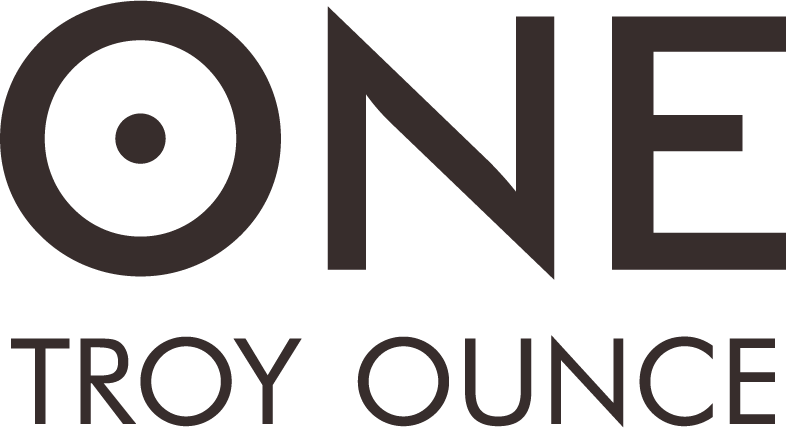Precious metals, such as gold, silver, platinum, and palladium, have played a vital role in the global economy throughout history. Their unique properties, rarity, and intrinsic value make them essential components of various industries and financial markets. This article will explore the role of precious metals in the global economy, including their use as a store of value, their influence on monetary policies, and their applications in various industries.
The Store of Value
-
Hedge against inflation: One of the primary roles of precious metals in the global economy is their function as a hedge against inflation. As the value of fiat currencies tends to decline over time due to inflation, precious metals like gold often maintain their purchasing power, making them an attractive option for investors looking to protect their wealth.
-
Safe haven during economic turmoil: Precious metals are often considered safe-haven assets during times of economic uncertainty or geopolitical tensions. When stock markets and other investments become volatile, investors often turn to precious metals as a more stable store of value.
-
Portfolio diversification: Precious metals can serve as a valuable diversification tool for investors, as their prices often move independently of other financial assets like stocks and bonds. By including precious metals in their portfolios, investors can reduce overall risk and potentially enhance returns.
Influence on Monetary Policies
-
Gold standard: Historically, many countries pegged their currencies to the value of gold through a system known as the gold standard. Under this system, countries held gold reserves to back their currencies, and the value of each currency was directly linked to the price of gold. Although the gold standard was abandoned by most countries in the 20th century, gold still plays a significant role in central bank reserves.
-
Central bank gold reserves: Central banks around the world hold substantial amounts of gold as part of their foreign exchange reserves. Gold reserves help central banks maintain confidence in their currencies, stabilize exchange rates, and manage inflation. The size of a country's gold reserves can also influence its standing in the global economy.
-
Impact on interest rates: Precious metal prices can impact monetary policies and interest rates. For example, if central banks accumulate large amounts of gold, they may need to raise interest rates to control inflation. Conversely, if they sell gold reserves, they may lower interest rates to stimulate economic growth.
Applications in Various Industries
-
Electronics: Precious metals, particularly gold and silver, are widely used in the electronics industry due to their excellent conductivity and resistance to corrosion. They can be found in various electronic devices, such as smartphones, computers, and televisions, as well as in connectors, switches, and printed circuit boards.
-
Jewelry: Gold and silver have been used in jewelry making for thousands of years due to their luster, malleability, and resistance to tarnishing. The jewelry industry remains a significant consumer of precious metals, driving demand and influencing prices.
-
Automotive: Platinum and palladium are critical components of catalytic converters, which reduce harmful emissions from internal combustion engines. As environmental regulations become more stringent, the demand for these precious metals in the automotive industry is expected to grow.
-
Renewable energy: Precious metals, such as silver, play a crucial role in the renewable energy sector. Silver is used in photovoltaic solar cells as a highly conductive material that efficiently converts sunlight into electricity. As the world shifts towards cleaner energy sources, the demand for silver in this industry is anticipated to increase.
-
Medical and dental applications: Precious metals, such as gold, platinum, and palladium, are used in various medical and dental applications due to their biocompatibility, corrosion resistance, and conductivity. They can be found in medical implants, dental fillings
, and surgical instruments, among other applications.
- Aerospace and aviation: The aerospace and aviation industries also utilize precious metals, such as gold and platinum, for their unique properties. Gold is often used in spacecraft and satellites for its ability to reflect heat and radiation, while platinum is used in aircraft turbine engines for its high-temperature resistance and durability.
The role of precious metals in the global economy is multifaceted, as they serve as a store of value, influence monetary policies, and find applications in various industries. Their unique properties, rarity, and intrinsic value make them indispensable in today's world. As the global economy continues to evolve, the demand for precious metals is expected to remain strong, driven by advancements in technology, increasing environmental regulations, and their enduring status as a store of value.
